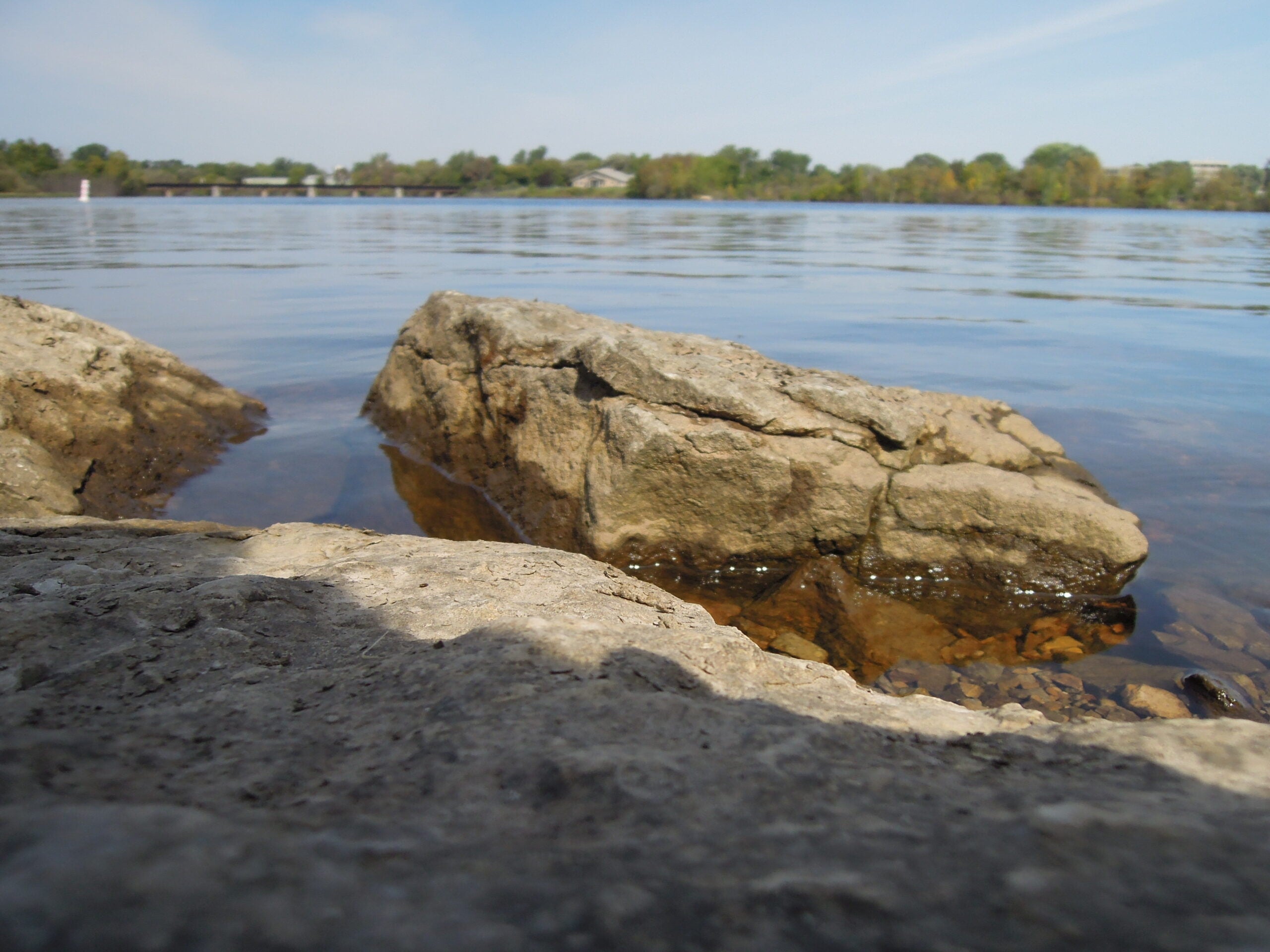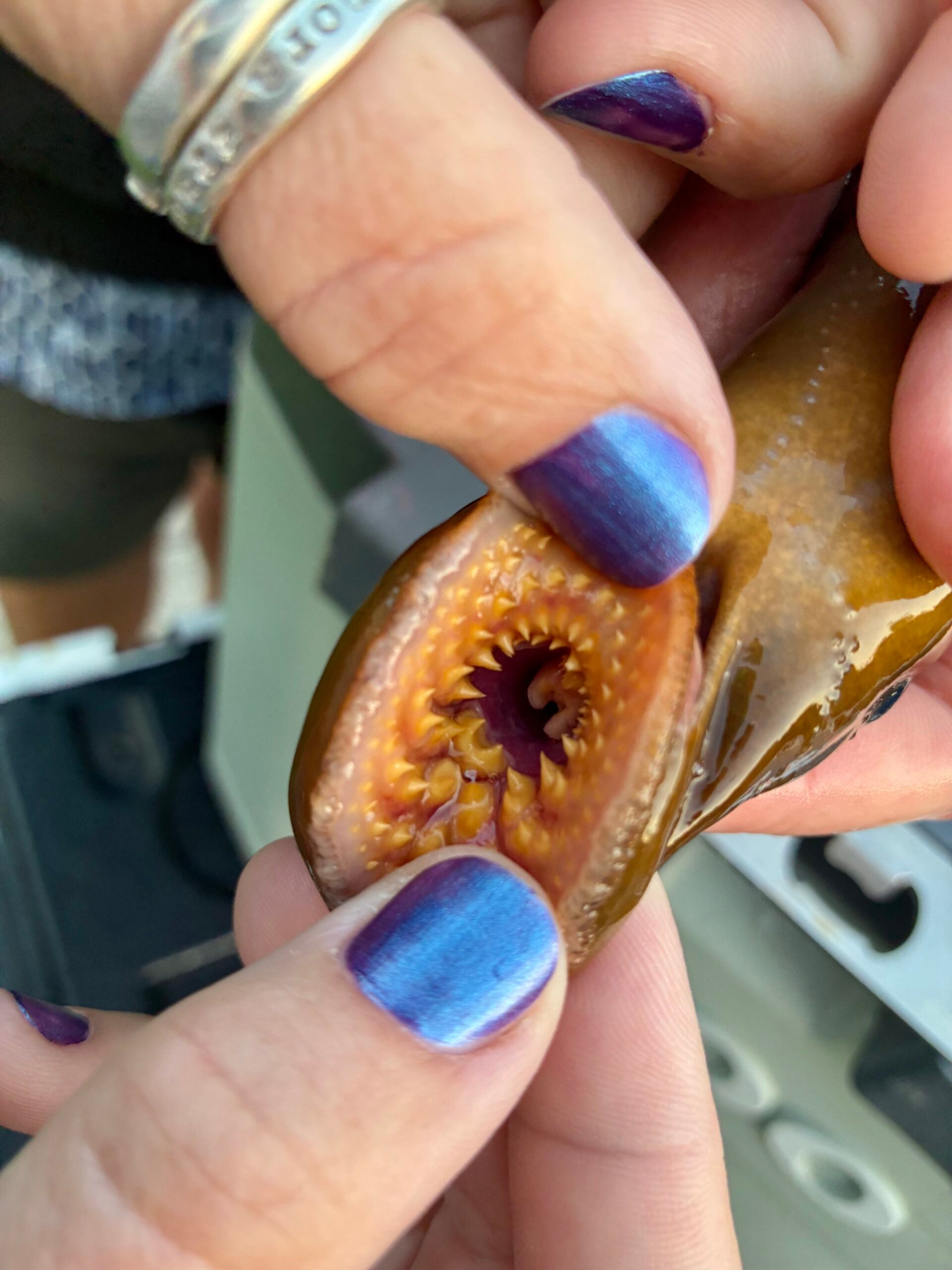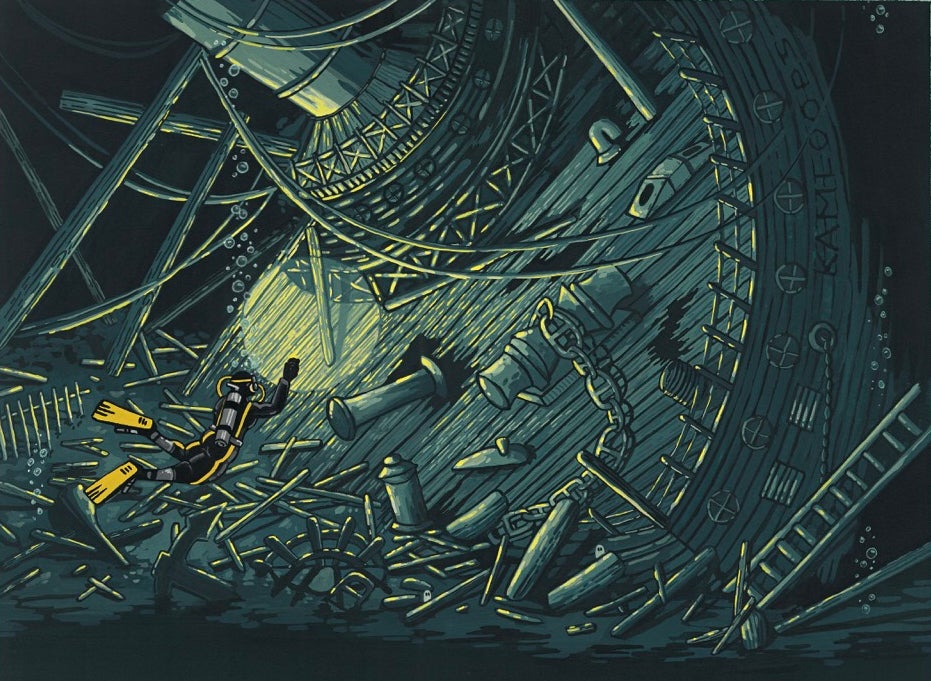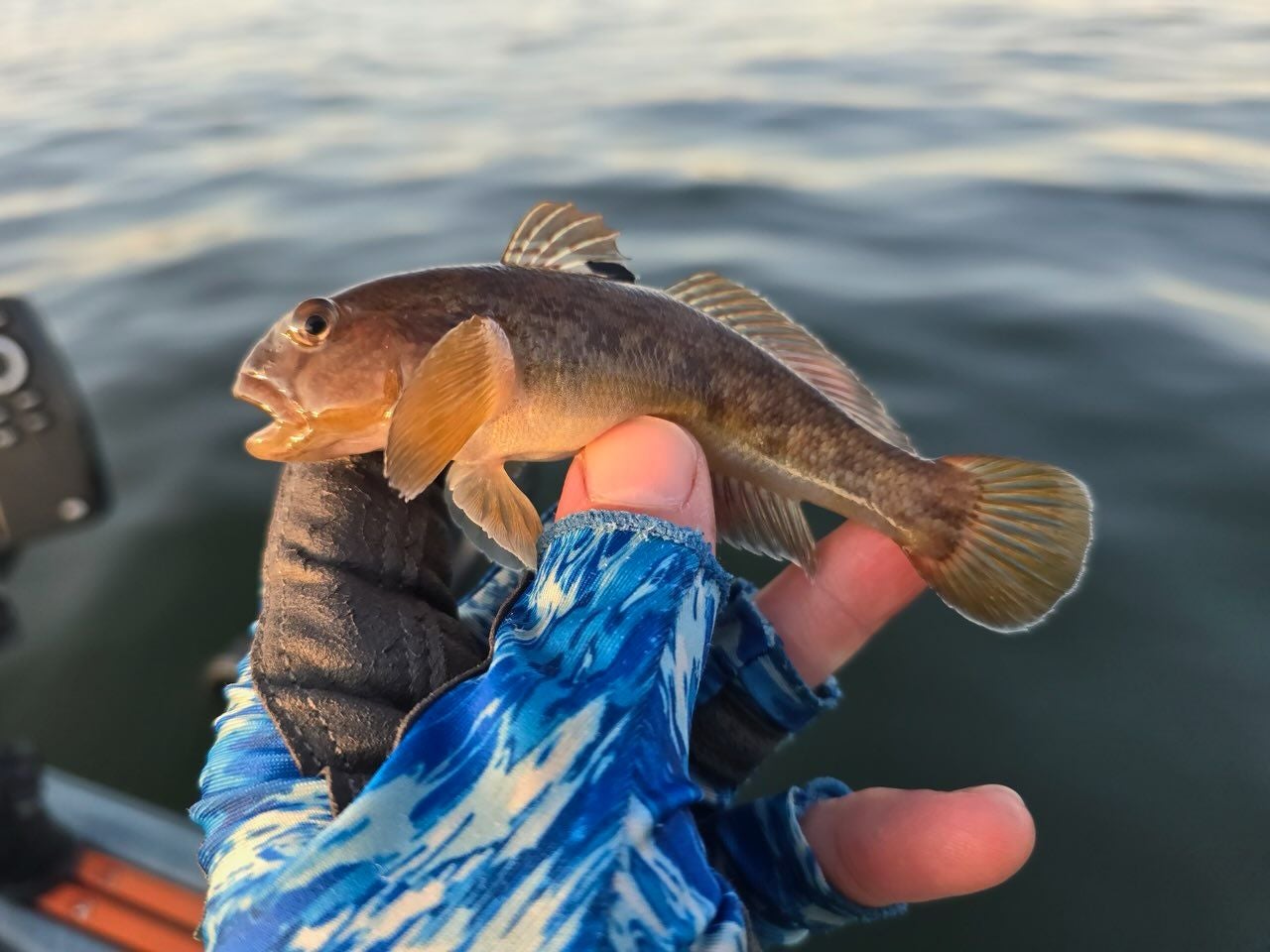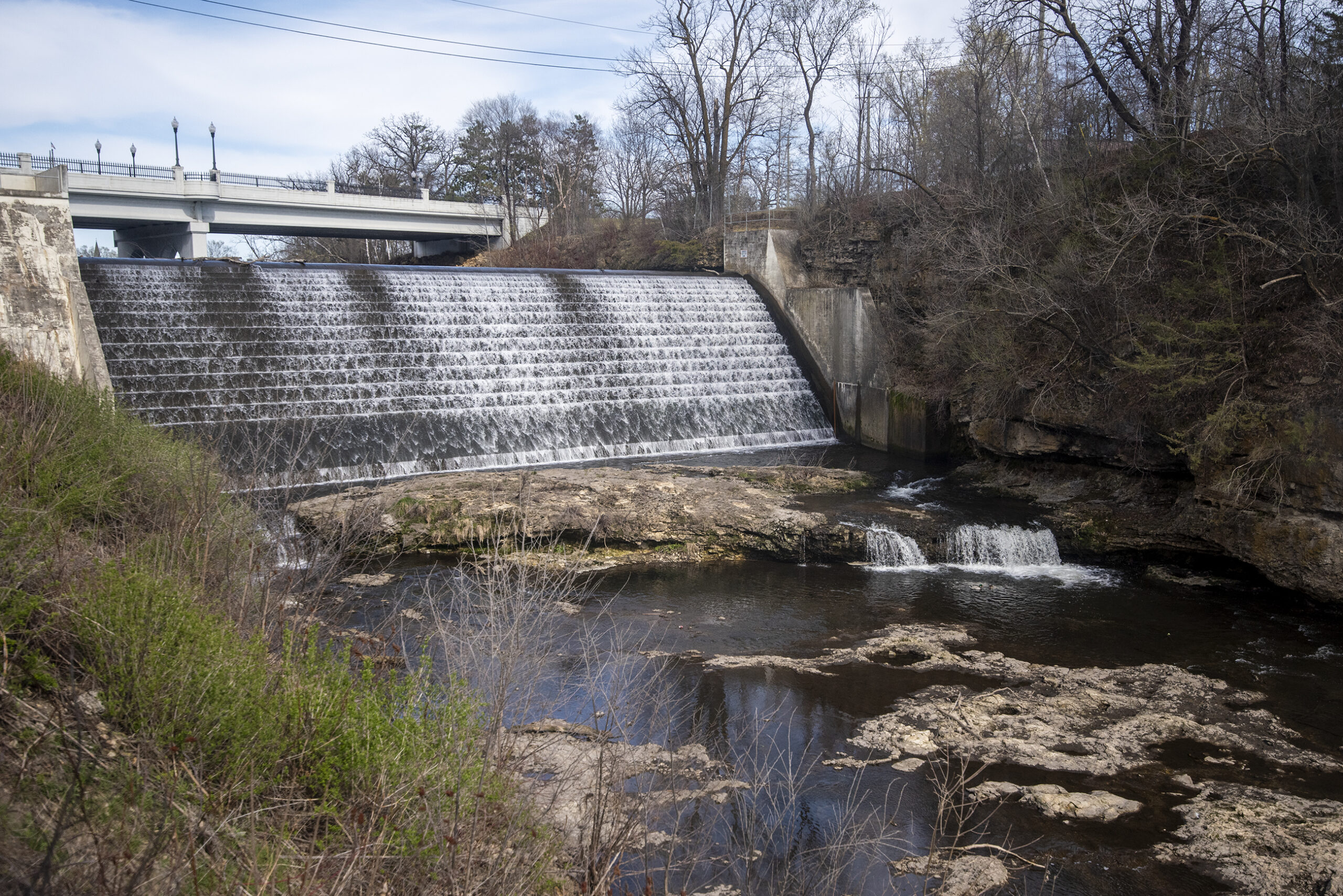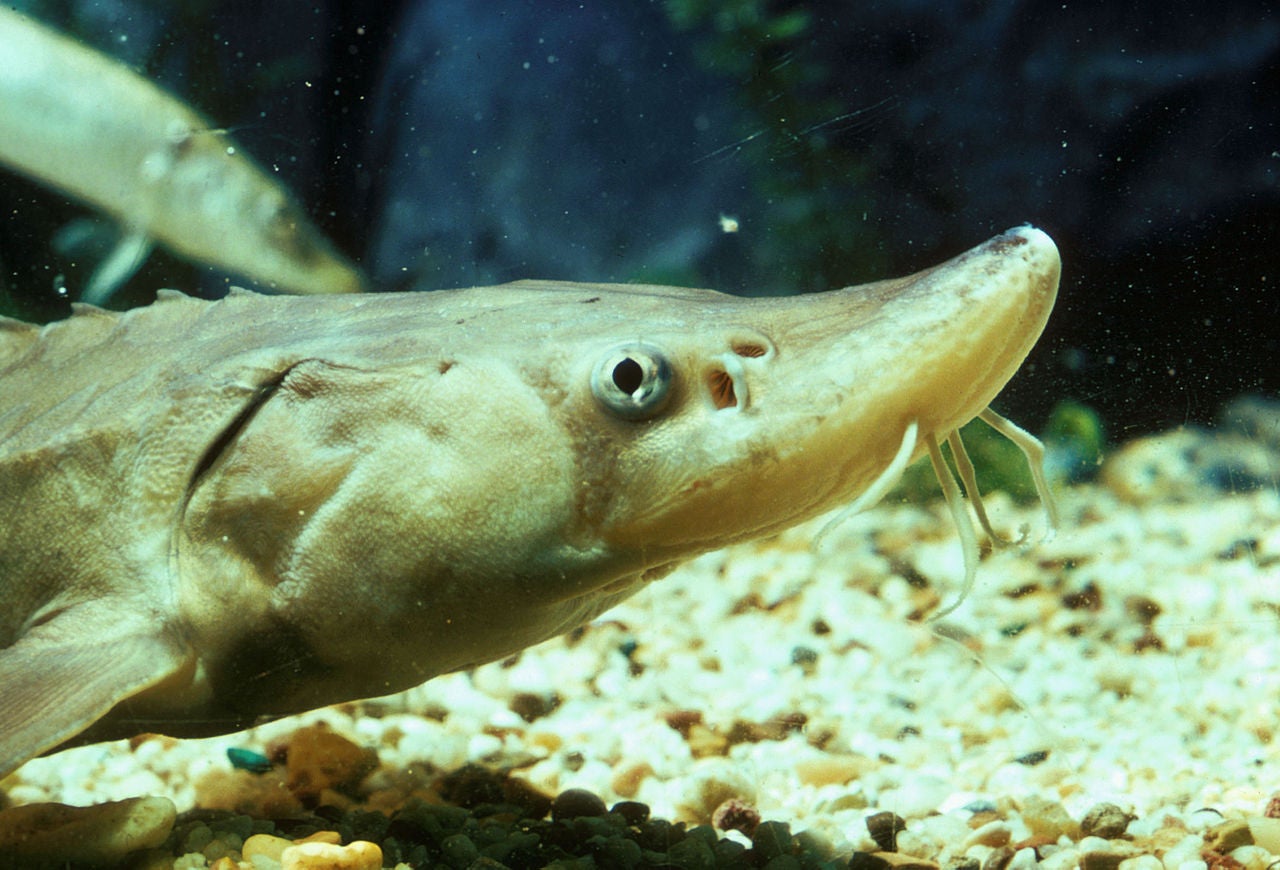Wisconsin is seeing progress on efforts to clean up its five most polluted sites on the Great Lakes. An official with the state Department of Natural Resources said the Lower Menominee River that runs along the border of Wisconsin and Michigan is set to become the first site in the state to be delisted as one of the most contaminated areas on the Great Lakes.
The river is one of five sites in Wisconsin that were listed as Areas of Concern (AOC), which the U.S. and Canada considered the most contaminated sites on the Great Lakes. The lower section of the river was listed among 43 sites under the Great Lakes Water Quality Agreement in 1987. Sites that were designated as AOCs had significant impairments to beneficial uses of those systems, such as degraded fish and wildlife populations, beach closings and more.
The Lower Menominee was listed due to pollution stemming from sources like arsenic, coal tar, oil, grease, and polychlorinated biphenyls or PCBs. The group of chemicals were no longer manufactured after 1977 because of evidence they build up in the environment and are associated with cancer and harmful reproductive effects.
News with a little more humanity
WPR’s “Wisconsin Today” newsletter keeps you connected to the state you love without feeling overwhelmed. No paywall. No agenda. No corporate filter.
The river originally had six out of the possible 14 beneficial use impairments that the U.S. Environmental Protection Agency identifies. However, the final impairment listed for degraded fish and wildlife populations was removed in February, according to Kendra Axness, Area of Concern and Lakewide Action and Management Plan policy coordinator with the Wisconsin DNR. Axness said it’s possible the site could be delisted within the year.
“It will be, again, the first one in Wisconsin that’s been delisted,” said Axness. “Regionally, there have been others delisted.”
The EPA said three sites have been delisted since 2013, including two in Michigan and one in Pennsylvania. Eight sites have completed management actions to begin working toward delisting, according to Chris Korleski, director of the agency’s Great Lakes National Program Office.
“Now, we’re in the process of doing the follow-up monitoring to try to get to the point where we can say, ‘Yep. Those impairments have been fully addressed,’” said Korleski on WPR’s “Hear Me Out.” “When we do that, we’ll then move to the delisting phase.”
Only one of the 43 sites had been delisted prior to the implementation of the Obama-era Great Lakes Restoration Initiative, which has provided around $300 million each year for cleanup and restoration of the lakes since 2010. Axness said the GLRI has been crucial to accomplishing cleanup goals.
“The acceleration of the progress that’s been accomplished by the GLRI is really astounding,” she said. “I hope we get to continue to keep doing this good work because I think we’re making really good progress.”
For now, it looks like funding for Great Lakes restoration projects will be preserved. President Donald Trump proposed a 90 percent cut to GLRI funding in his 2020 budget, but he reversed course last Thursday at a rally in Michigan. Last year, the president announced similar cuts that were rejected by Congress, which has shown bipartisan support for Great Lakes funding.
The Wisconsin DNR announced another cleanup milestone last week on the St. Louis River Area of Concern on Lake Superior. Scientists confirmed the river does not show higher rates of fish tumors, leading to the removal of that impairment on the river in February.
The DNR conducted three rounds of sampling with researchers from the U.S. Geological Survey and West Virginia University in 2011, 2013 and 2015. The study examined 622 white suckers for skin and liver tumors. Matt Steiger, St. Louis River AOC coordinator with the DNR, said the findings show less than 5 percent of fish sampled had either. He said that’s lower than tumor rates seen elsewhere in the Great Lakes.
“The sucker is an important food source for a lot of other game fish that people are out there pursuing,” said Steiger. “If that’s a healthy population, we can hope that’s reciprocated through other sought-after species in the estuary.”
A previous study of other Areas of Concern in Wisconsin like the Sheboygan and Milwaukee Rivers have shown fish tumor rates of around 30 percent or more.
At the time of listing, the DNR’s Axness said, Wisconsin sites had 48 impairments to those systems, of which 10 have been removed. She said that includes all of the impairments for the Lower Menominee River, two in the St. Louis River and two in the Sheboygan River.
Wisconsin Public Radio, © Copyright 2025, Board of Regents of the University of Wisconsin System and Wisconsin Educational Communications Board.

